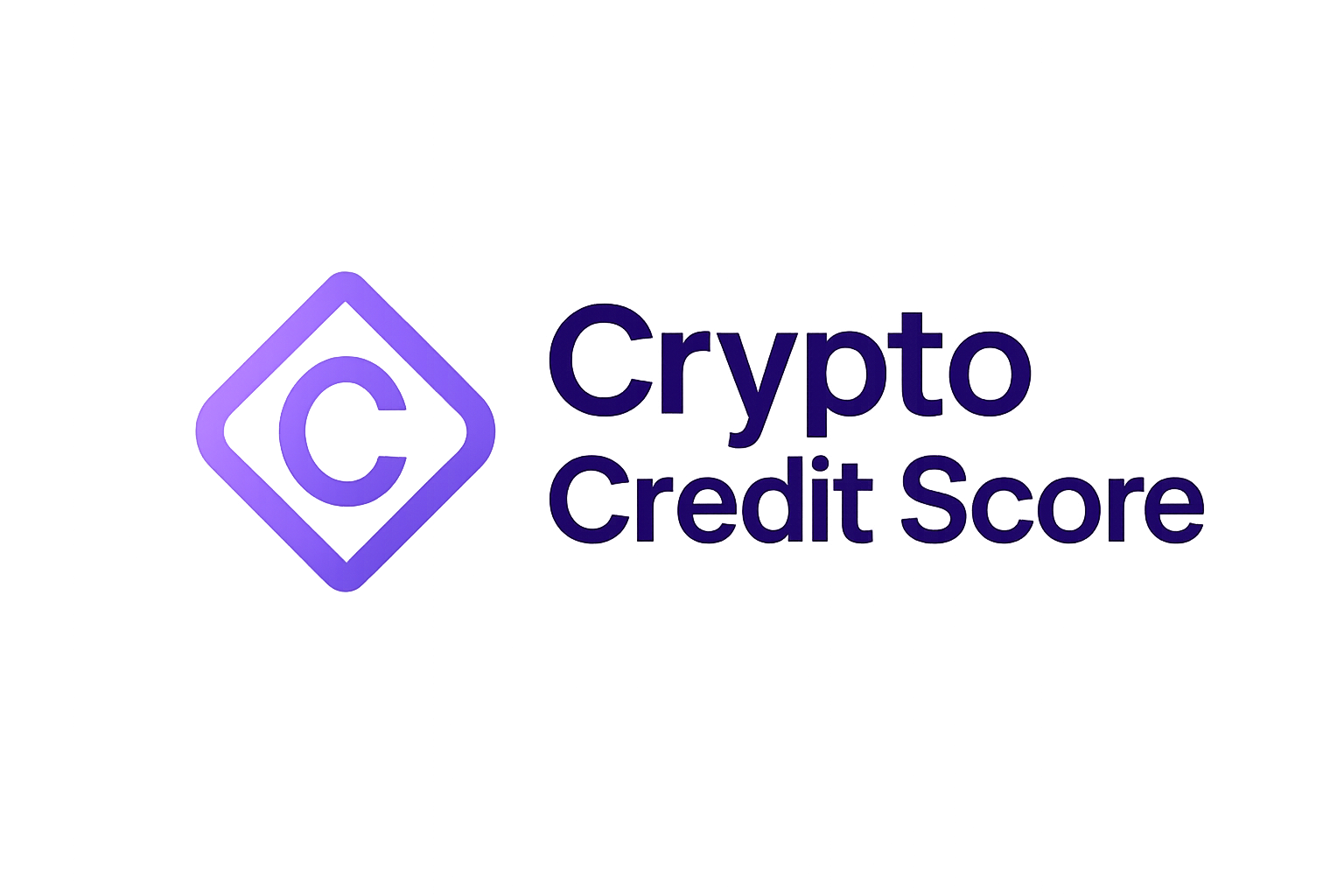
Until recently, most decentralized finance (DeFi) lending required borrowers to lock up more collateral than they borrowed. This overcollateralization was a necessary guardrail in a world where credit reputation didn’t exist on-chain. But 2024 changed the game: on-chain credit scores are now powering a new wave of undercollateralized DeFi lending, unlocking capital efficiency and financial inclusion that simply wasn’t possible before.

Why Overcollateralization Held DeFi Back
The classic DeFi lending model looked like this: you wanted to borrow $1,000 in stablecoins, so you deposited at least $1,500 worth of ETH or another crypto asset as collateral. This approach protected lenders from default risk but shut out users who lacked large crypto holdings or needed loans for real-world use cases. As a result, much of the world’s population remained excluded from these protocols, especially those who could benefit most from decentralized access to credit.
This bottleneck wasn’t just about user experience; it was about capital efficiency too. With $19.1 billion in open borrows reported across 20 lending applications at the end of Q4 2024 (Galaxy Research), the potential market for DeFi loans is massive, but only if protocols can safely support undercollateralized borrowing.
The Rise of On-Chain Credit Scores in 2024
On-chain credit scores are emerging as the decentralized answer to traditional credit bureaus. Instead of opaque FICO scores or institutional gatekeeping, these systems analyze public blockchain data, transaction history, wallet balances, repayment records, smart contract interactions, to build a transparent and tamper-resistant profile of a user’s creditworthiness.
The breakthrough came with models like the On-Chain Credit Risk Score (OCCR), which estimates the probability that a wallet will default or trigger loan liquidation based purely on its on-chain footprint (arXiv 2024). Innovations like this have enabled leading platforms to confidently lower collateral requirements for users with strong blockchain reputations.
How Undercollateralized Lending Works Now
Lending platforms such as Goldfinch, Maple Finance, and TrueFi have woven on-chain credit scoring into their core operations:
- Goldfinch: Blends off-chain identity checks with transparent on-chain behavior to offer undercollateralized loans, especially targeting real-world borrowers in emerging markets.
- Maple Finance: Uses pool delegates (credit underwriters) who stake their own capital and evaluate loan requests based on both traditional diligence and blockchain analytics.
- TrueFi: Integrates community voting and algorithmic scoring to approve unsecured loans for proven crypto-native businesses.
This shift means borrowers no longer need to over-pledge assets if they can prove reliability through their blockchain activity. It’s not just about lowering barriers; it’s also about rewarding good actors with better terms, lower interest rates and higher borrowing limits, based on real data rather than arbitrary thresholds.
The Tech Behind Trustless Credit Assessment
The magic ingredient making all this possible? Advanced analytics and privacy-preserving cryptography. Zero-knowledge proofs now allow users to demonstrate their eligibility for an undercollateralized loan without revealing every detail of their financial life, a key step toward mainstream adoption where privacy concerns are top-of-mind.
Yet challenges remain: users with limited blockchain activity may still be scored conservatively; standards vary between platforms; privacy must be balanced against transparency. But as these systems mature, and more users build up verifiable blockchain histories, the promise of truly inclusive Web3 lending grows stronger by the day.
As we move through 2024, the impact of on-chain credit scores on DeFi lending is not just theoretical, it’s visible in real numbers and shifting user behavior. Lending protocols are seeing more diverse participation, with borrowers from emerging markets and crypto-first entrepreneurs now able to access capital that was previously locked behind overcollateralization walls. This democratization of credit is a massive leap for decentralized finance.
Market Growth and Real-World Adoption
By Q4 2024, DeFi accounted for 63% of a revived $30 billion loan book, according to Reflexivity Research. The adoption of undercollateralized lending models, powered by blockchain credit reputation, has brought new liquidity into the ecosystem. Platforms are experimenting with Ethereum Attestation Service and privacy-preserving attestations to further refine risk models and broaden access.
Stablecoins have also moved beyond basic payments, now serving as the backbone for global lending protocols. When paired with smart contracts and on-chain credit scoring, stablecoins allow frictionless, cross-border loan origination, no bank account or legacy credit check required (Visa. com). This combination is transforming both crypto-native and real-world lending markets.
Challenges for Widespread Adoption
Despite clear progress, several hurdles remain before undercollateralized DeFi lending can reach its full potential:
- User Onboarding: New users with limited or no blockchain activity often receive low initial scores. Protocols are working on ways to bootstrap trust for these users without compromising risk management.
- Model Fragmentation: With no universal standard for what constitutes a “good” on-chain credit score, borrowers may be rated differently across platforms. This can lead to confusion and inefficiency.
- Privacy vs. Transparency: While zero-knowledge proofs help balance these needs, ongoing development is crucial to prevent sensitive financial data leaks while maintaining lender confidence.
The next phase will likely see more collaboration between protocols to standardize scoring models and interoperability, potentially even cross-chain reputation systems that follow users across Ethereum, Solana, and other major blockchains.
What’s Next for On-Chain Credit Scores?
The momentum in 2024 suggests that on-chain credit scores are poised to become as foundational to Web3 finance as FICO scores are in traditional banking, but with greater transparency and fewer gatekeepers. As analytics deepen and privacy tech matures, expect more nuanced risk pricing: good actors will enjoy lower rates and higher limits while risky behavior is swiftly identified across protocols.
Lenders benefit too: diversified portfolios, algorithmic risk controls, and access to untapped borrower segments all point toward a healthier DeFi market less prone to boom-bust cycles driven by overleveraged speculation.
If you’re exploring DeFi borrowing or building a protocol yourself, understanding how decentralized credit bureaus work is no longer optional, it’s essential for unlocking the next generation of crypto-powered finance. The tools are here; the opportunity is open; what matters now is how fast we can build trust in this new system, one block at a time.





